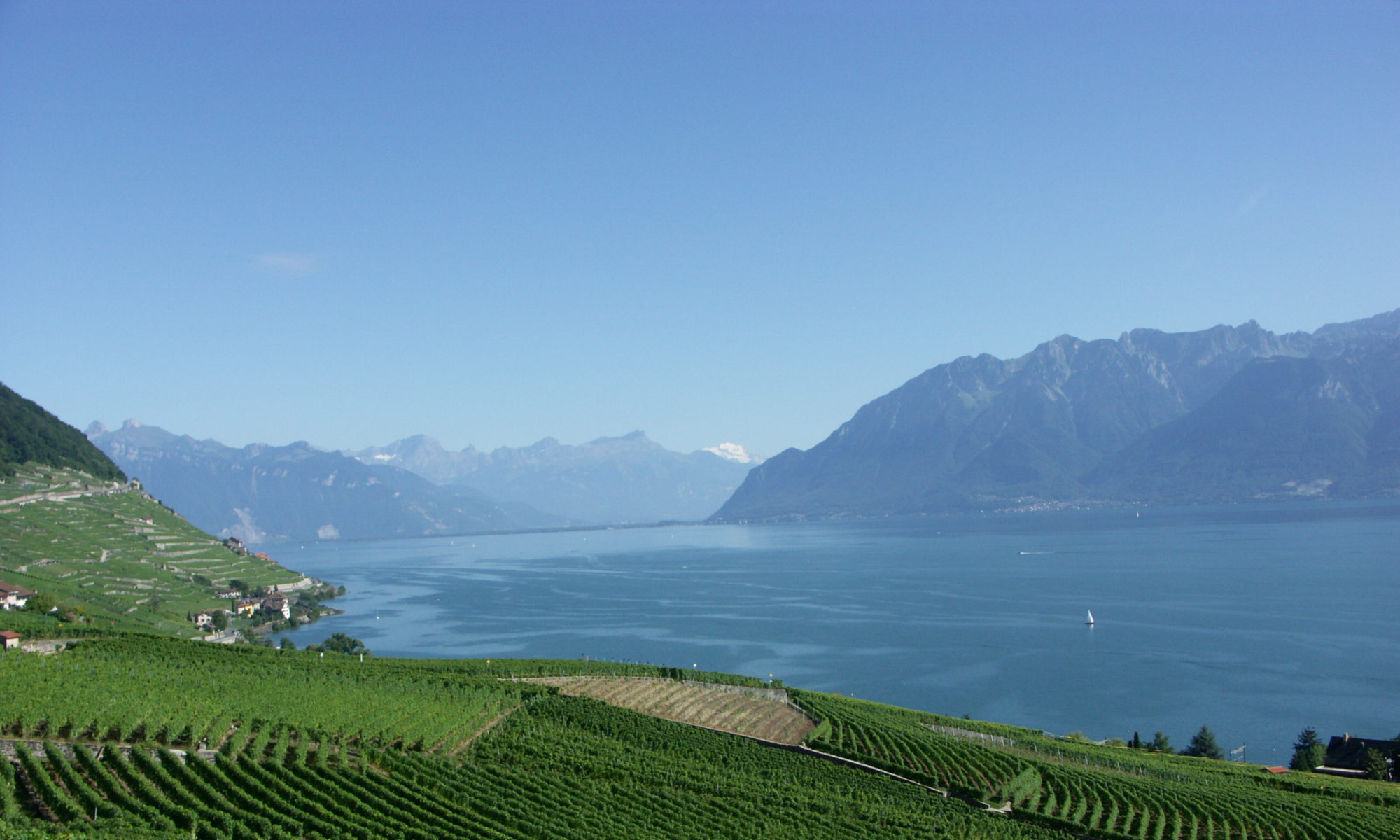To reply to this question use the “Leave a reply” box/field at the bottom of this page.
51 Replies to “Question 2: What are the top three areas where the capacities of National Hydrological Services need to be strengthened, in particular through international cooperation? What would be the difference in the case of a combined Hydrometeorological Service?”
Comments are closed.


Hydrological information exchange, at national and international level.
Prediction and monitoring of extreme situations (both floods and drought)
Monitoring networks, and human and economic resources to manage them.
It´s difficult to know the difference for a hydrometeorological service, because hydrological service in Spain ,at this moment , is independent of the National Meteorological Service
What would be the difference in the case of a combined Hydrometeorological Service?
Combined hydrometeorological services are different from NHS:
• The ITC works in a specific way for the meteorological part as global data (observations and simulations) have to be exchanged. A close interlink to commercial services (e.g. air-meteorology) exists.
• The technical resources are shared between the hydrological and meteorological parts. The special needs of hydrological services (e.g. discharge measurements) and the locally specific demand for hydrological observation at one point of a river network is different from the regional intrest in meteorological data.
• A standardisation of hydrological sensors is much more difficult then for meteorological sensors.
Many National Hydrological Services (NHS) in developing countries try to improve and condense their observation systems. Donors spend millions of USD for these tasks. There are three problems connected with this development:
a) The NHS have not sufficient human capacities to set-up their own strategy how the observation network should be equipped in a proper way. In the best case, they can specify the demand for data, but to make a holistic hydrometric project, accompanied by ITC-structures and hydrological information systems, a better understanding of options and restrictions of new technologies is needed. Often the NHS get only some pieces of technologies, the donor offers to them. The outcome will be a patchwork of sensors, loggers, data storage systems, hydrological models and hydrological data. To ensure the functionality of the service, old and often paper-based information have to be used also, even if the database was extended in the meantime.
b) The NHS are not able to maintain the new observation systems in an appropriated way. In difference to the promises of vendors, the specific hydroclimatic conditions require often more technical support. As two different observation systems (an anolog one and a digital one) have to be operated in parallel, additional and well-skilled human capacities are needed to ensure a sustainable operation of new equipment. This demand is often underestimated and cannot be covered as the qualified technicians are rare. Also the costs of operation are underestimated.
c) Often the integration of new stations and sensors in the information chain can not be ensured. In general, it is assumed that extended networks and new sensors, providing a better temporal resolution of data, increase the information content. This is not automatically the cases, but requires additional efforts to interlink loggers and databases with modern information technologies to support modelling, GIS-based mapping and other sources of digital hydrological information.
NHS have often no specialists to assess the three problems, mentioned above. Even if the donor would consider these aspects, the assessments would be biased in many cases. At the other side the attractive offers to improve the technical conditions increase the tendencies of NHSs to neglect these problems. Here objective evaluations of the specific national problems to implement new technologies and of the basic requirements to ensure its sustainable becomes very essential. The cost of ownerships and the limited increase of efficiencies if the service will be not adapted to this new boundary conditions has to be communicated in feasibility studies. Here the international cooperation could provide a strong support: by technical guidelines, questionnaires, assessments of pro and cons and a technical support by teams of experts, who evaluate the needs, gaps and the planning approach to close these gaps.
In case of combined hydro-meteorological services:
• Use of weather radar data in hydrological model to better forecast floods
• Use of meteorological satellite data in estimating precipitation over basins.
The top three areas that need to be strengthen:
• flow and precipitation network density over basins and sub-basins
• high resolution Hydrological modelling
• Acquisition of high-resolution terrain and topography satellite imagery over basins.